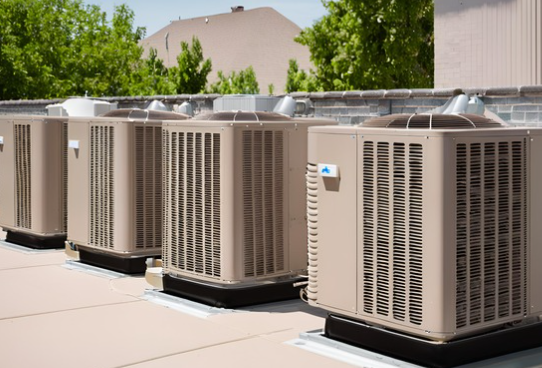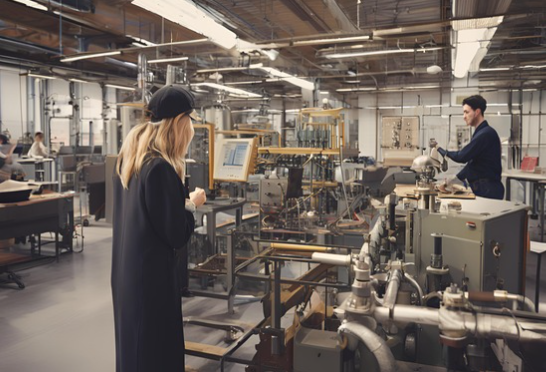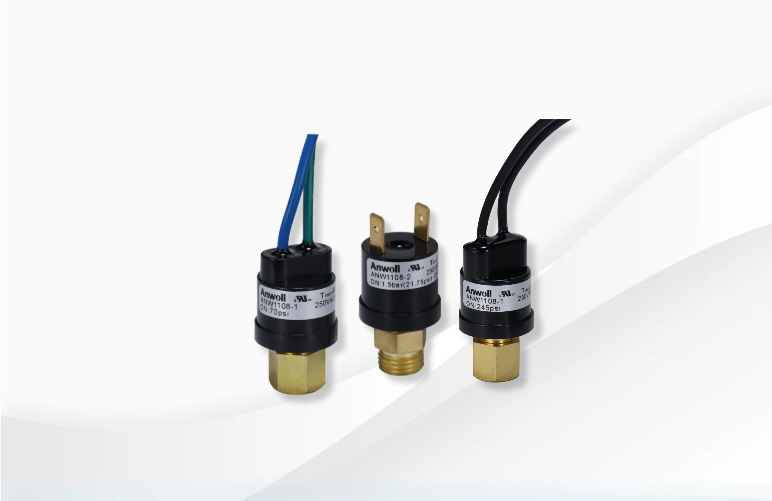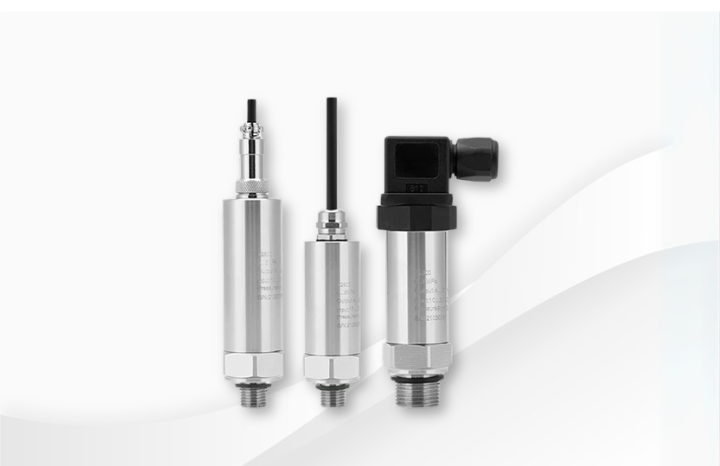Pressure Switches in Air Compressors: Application and Analysis

Opinion | Mar. 15th, 2025
Joshua Matthew Williams
Pressure Product Line Manager
This article delves into the functionality of pressure switches, their application across various compressor types, and the significance of selecting the appropriate pressure switch for enhanced system performance.
Pressure switches are critical components in air compressor systems, integral to the regulation of compressor operation, maintenance of optimal pressure levels, and protection of equipment from potential damage.
Functionality
Pressure switches operate by monitoring the pressure within the air storage tank and controlling the compressor’s start and stop cycles. When the pressure reaches a predetermined upper limit (e.g., 10 kg/cm²), the switch activates a signal to shut off the compressor, preventing overpressure conditions that could lead to mechanical failure or safety hazards. Conversely, when the pressure falls to a designated lower threshold (e.g., 7 kg/cm²), the switch re-engages the compressor to restore the desired pressure range. This cyclic operation not only optimizes energy consumption but also extends the operational lifespan of the compressor by reducing unnecessary wear and tear.
Moreover, pressure switches are crucial for implementing safety mechanisms within compressor systems. They can trigger alarms for low-pressure scenarios, providing an additional layer of protection by alerting operators to potential issues before they escalate.
Types of Air Compressors and Applications
Pressure switches are versatile and applicable across various types of air compressors, each with unique operational demands:
– **Piston Compressors**: These compressors utilize reciprocating motion to compress air. Pressure switches in piston compressors help maintain a safe operating pressure, mitigating risks associated with excessive wear and mechanical stress.
– **Screw Compressors**: In screw-type compressors, pressure switches manage the intake of air by controlling the opening and closing of inlet valves. This regulation ensures steady airflow and enhances operational efficiency, particularly in variable load conditions.
– **Centrifugal Compressors**: These compressors employ rotating impellers to increase air pressure. Pressure switches play a vital role in maintaining stable pressure levels, especially when the system experiences fluctuating load demands, thereby ensuring consistent performance.
Importance of Pressure Switches in System Efficiency
The impact of pressure switches extends beyond basic operational control; they are pivotal in enhancing the overall efficiency and reliability of air compressor systems. By maintaining precise pressure levels, pressure switches significantly reduce energy consumption, leading to lower operational costs. Furthermore, they minimize wear on the compressor motor and components, contributing to longer service life.
In systems with multiple compressors, pressure switches facilitate load-sharing, ensuring balanced operation and preventing overload conditions. This capability is essential for optimizing system performance, especially in industrial applications where reliability and efficiency are paramount.
Conclusion
In summary, pressure switches are indispensable for the efficient, safe, and reliable operation of air compressor systems. Their functionality in maintaining optimal pressure levels is consistent across various compressor types, underscoring their importance in both industrial and commercial applications. When selecting a pressure switch, it is essential to consider key factors such as precision, durability, and compatibility with the specific compressor system. By understanding the critical role of pressure switches and choosing the right product, users can significantly enhance the performance and longevity of their air compressor systems.
Anwoll pressure switch
Anwoll is a leading developer of pressure measurement and applications, with a mature series of pressure switches suitable for daily and cutting-edge applications.
If you would like to learn more about our pressure switches, please contact us directly.





